Affiliate links on Android Authority may earn us a commission. Learn more.
The Razr V3 was launched 14 years ago: Here's why it still has a place in our hearts
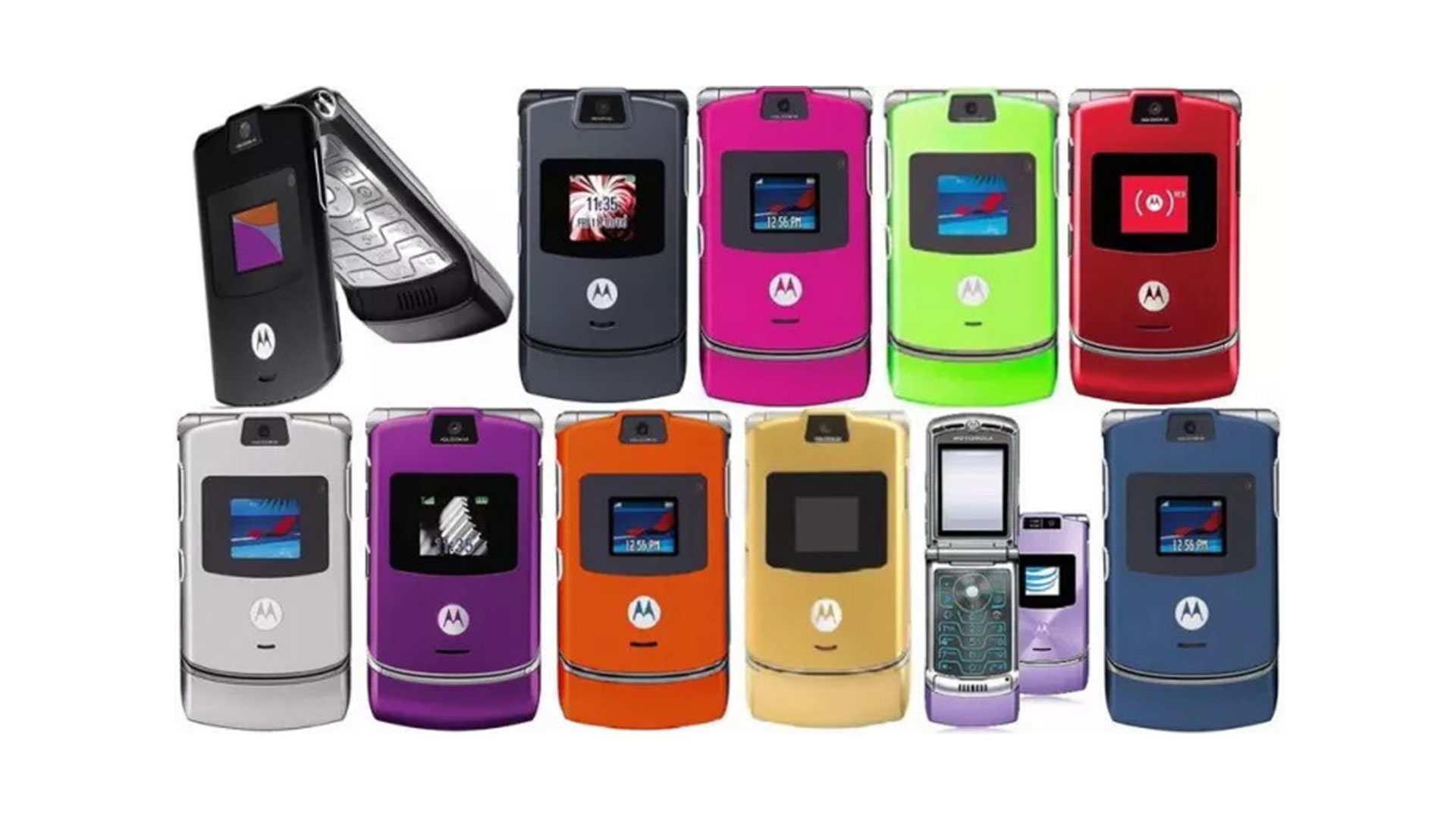
The Razer V3 was announced on this day, July 27, back in 2004. Motorola probably didn’t know it then, but the company had an instant hit that would live on as one of the most popular cell phones of all time.
Back in 2004, well before the advent of the modern smartphone, cell phones were relatively dull pieces of technology. While companies tried to stylize its devices, almost every phone sported a similar-looking clamshell or candy bar form factor and was made out of plastic. A disruptor is what the market needed, and the Motorola Razr V3 was just the phone to do it.
The Razr V3 featured a sleek design that was crafted out of metal. This craftsmanship gave the phone a look of its own and made it stand out in a crowd.
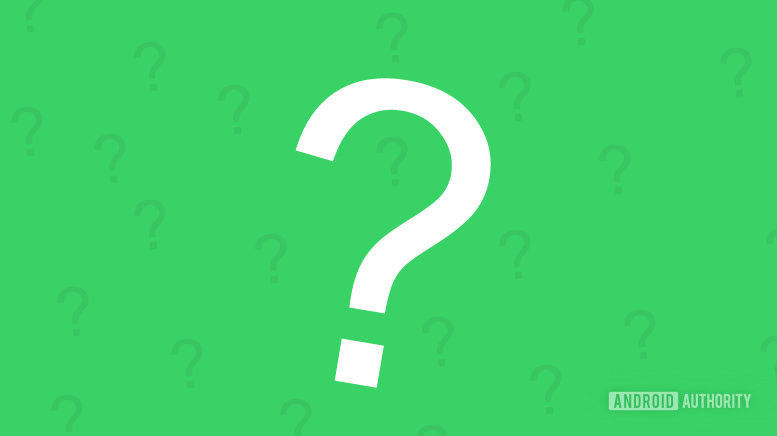
Unlike modern smartphones that enter and exit the market within a year, the Motorola continued to sell the Razr V4 for about four years. Between its longevity and popularity, the company ended up selling over 130 million units worldwide, making it the most-sold clamshell phone ever.
To celebrate the phone’s 14-year anniversary, we’re going to walk through the Razr V3’s various design features and discuss just what made it such a popular handset. Additionally, with the growing popularity of smart flip phones around the world, we’ll talk about the possibility of Motorola one day releasing a modern-day equivalent of the iconic Razr V3.
Competitors
Before moving forward and taking a more in-depth look at the Razr V3, it’s important to understand what most cell phones looked like in 2004. As Motorola’s design was so different, it played a big role in why over 130 million people purchased the handset in addition to why it is remembered by many as one of the best cell phones of all time.
Nokia N-Gage QD
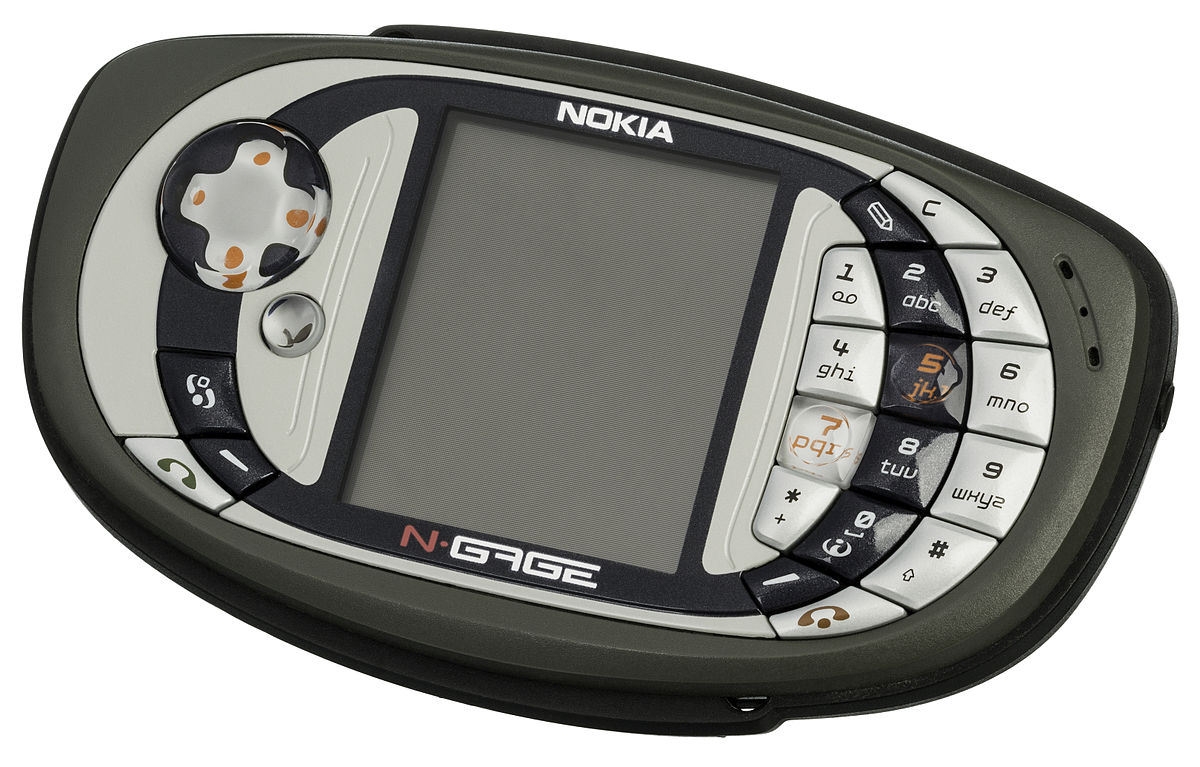
The Nokia N-Gage QD is probably one of the most unique-looking devices from this period. While it does have a candy bar form factor, Nokia tried to stand out by making this a gaming-centric device — hence the landscape orientation. While the phone came with a modified version of The Sims, one reason the phone didn’t end up selling well was that out of everything it had going for it, Nokia didn’t include a music player.
Siemens M65
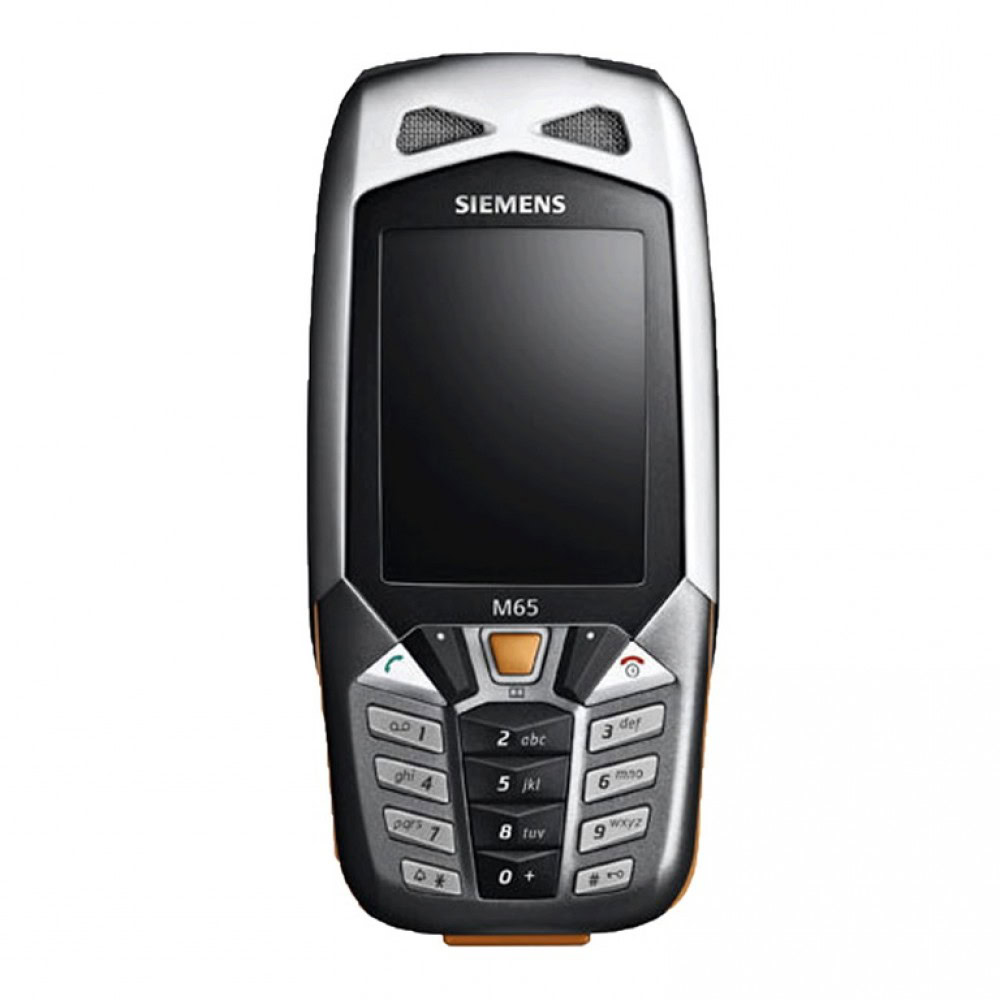
Just like many Nokia phones of its time, the Siemens M65 was built tough and could take a beating. This Siemens handset had a unique way to track the distance traveled on a bicycle using an optional accessory. This doesn’t seem impressive these days, but the phone was able to do this without GPS.
Nokia 7200
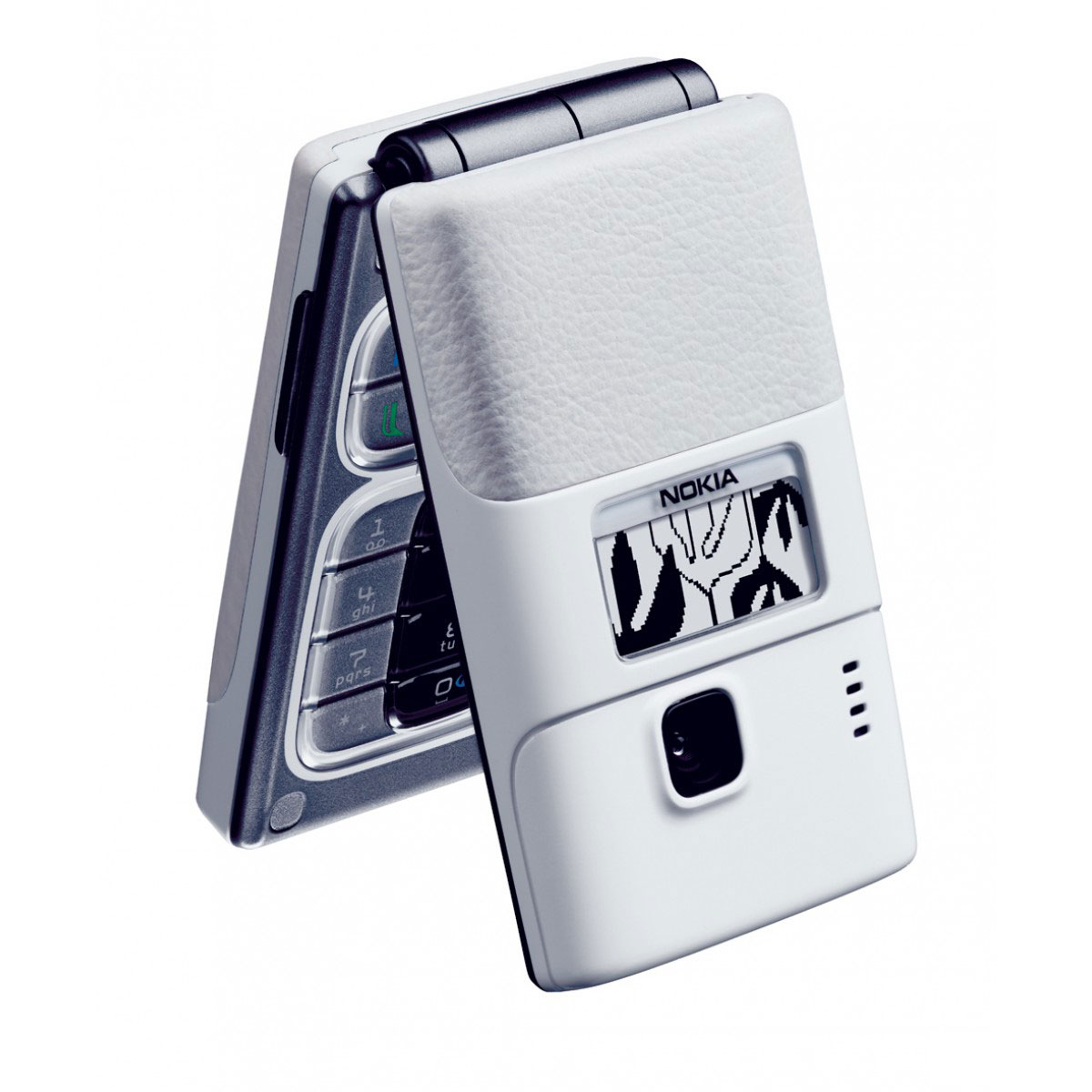
The Nokia 7200 highlights what most flip phones looked like back in 2004. The basic plastic design didn’t offer much concerning style and the overall build was kind of bland. Phones like the Nokia 7200 provided functionality without many thrills.
Read next: 10 ugliest phones ever made — brace yourselves, people!
Design
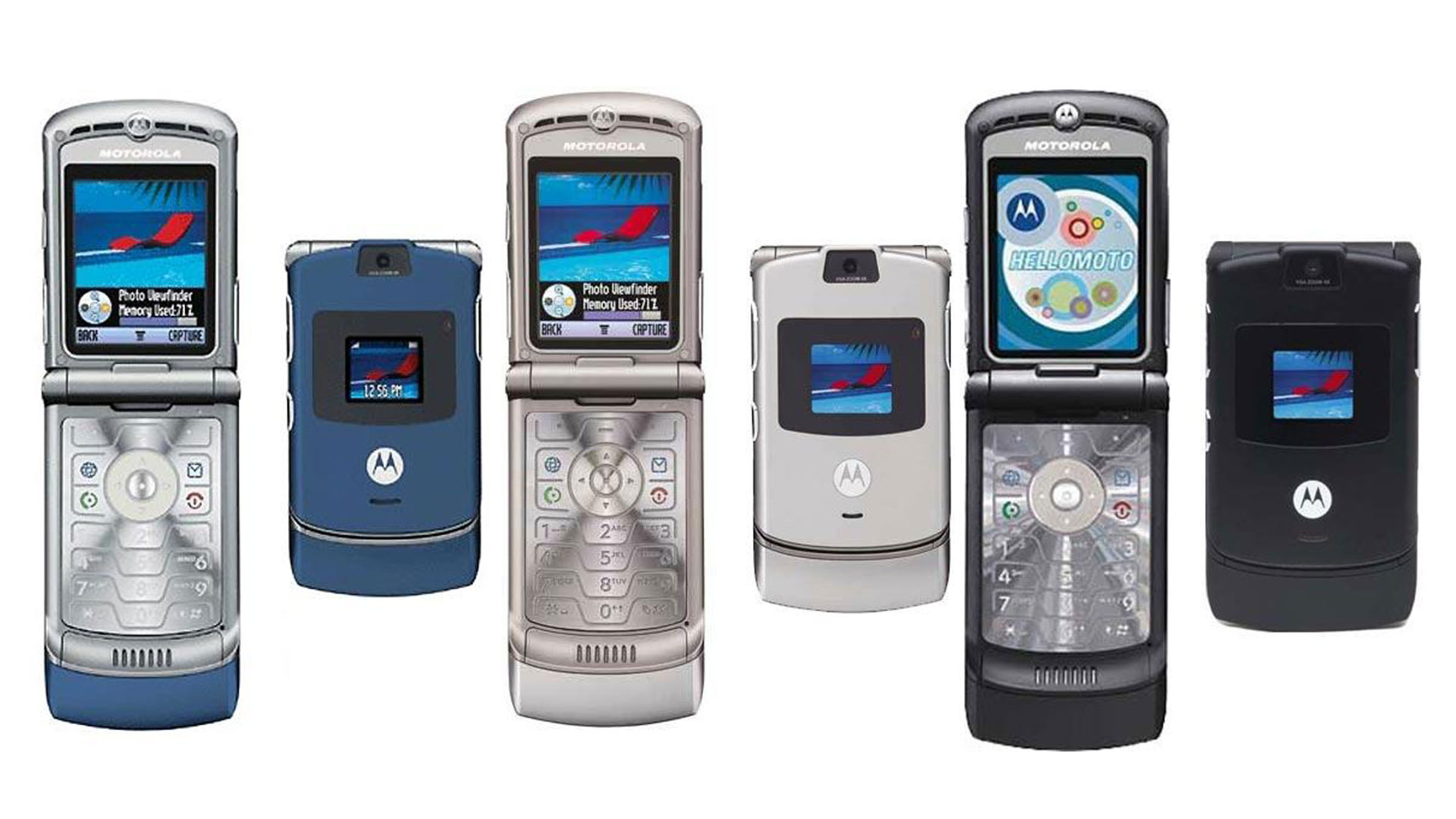
As mentioned, when the Motorola Razr V3 entered the market, almost every other phone available to customers was dull and boring. So instead of a thick design with a plastic casing, Motorola went with a thin and metallic build.
But what made the Razr V3 stand out was the fact that the phone had style. Today’s smartphones, while looking quite similar to one another, all sport a design that is appealing to a mass market. But when the Razr V3 become available, the same thing couldn’t be said about its competition.
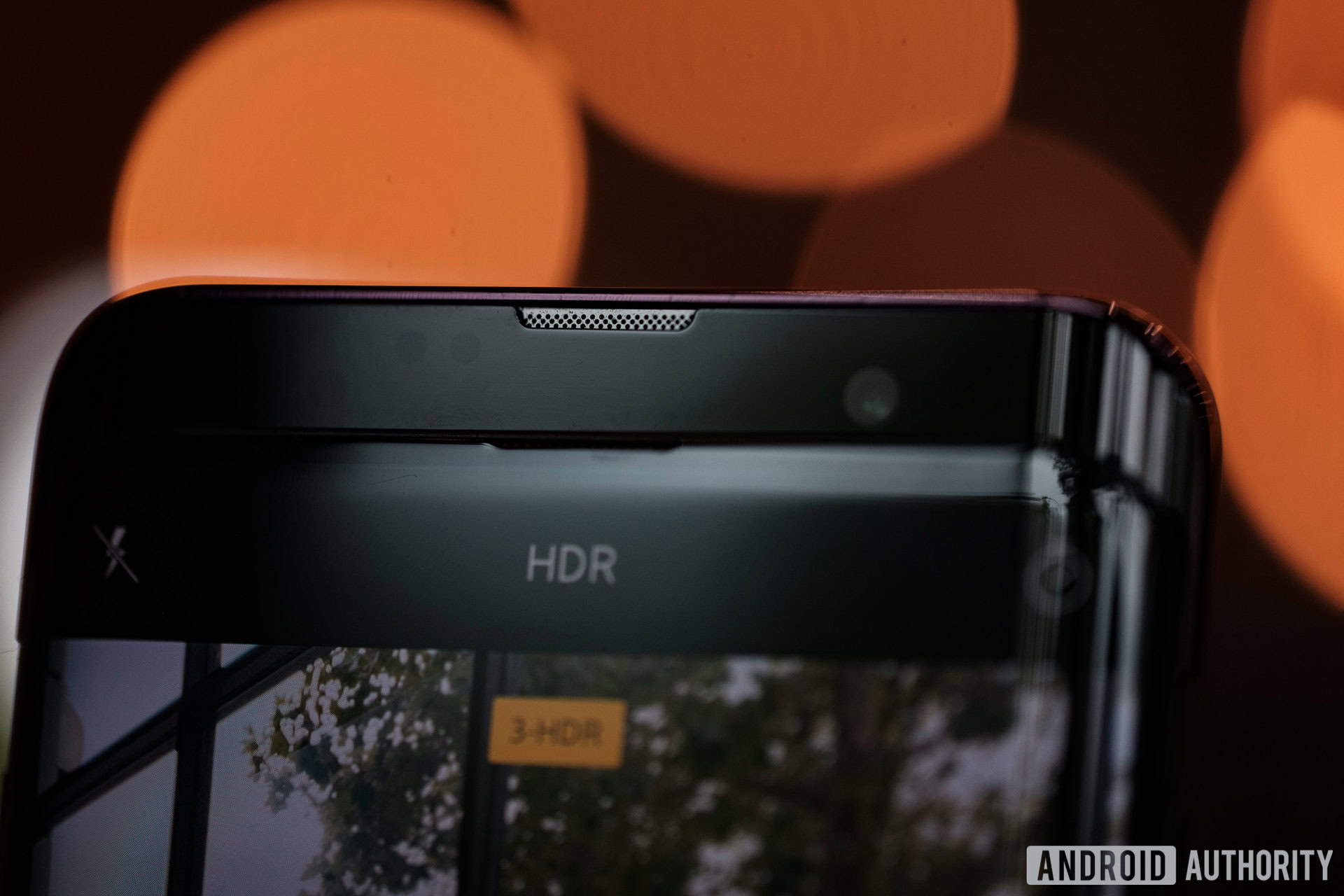
The phone was manufactured out of aluminum and featured a nickel-plated keyboard. The materials made the device feel premium in the hand while the ultra-thin nature of the handset meant it wasn’t too heavy. Together, the Razr V3 make for an enjoyable experience for all that owned it.
The hinge on the Motorola Razr V3 was beautifully designed and was another aspect of the device that made it superior to other handsets. Clamshell cell phones could answer and end calls by either opening or closing the phone’s lid, so the feeling of the hinge played a crucial role at the time. Instead of some flimsy-feeling engineering, the Razr V3 sprang into action as soon as you started to flip the screen up or down.
Finally, unlike smartphones which typically only launch in two to three colorways, Motorola continuously released the Razr V3 in almost every color possible. While there were the standard black and white options, throughout the phone’s four years on the market, the handset became available in teal, plum purple, bright pink, and a handful of other colors. This variety meant that anyone could buy this phone and have it match their personality and style.
Motorola Razr V3 Specifications
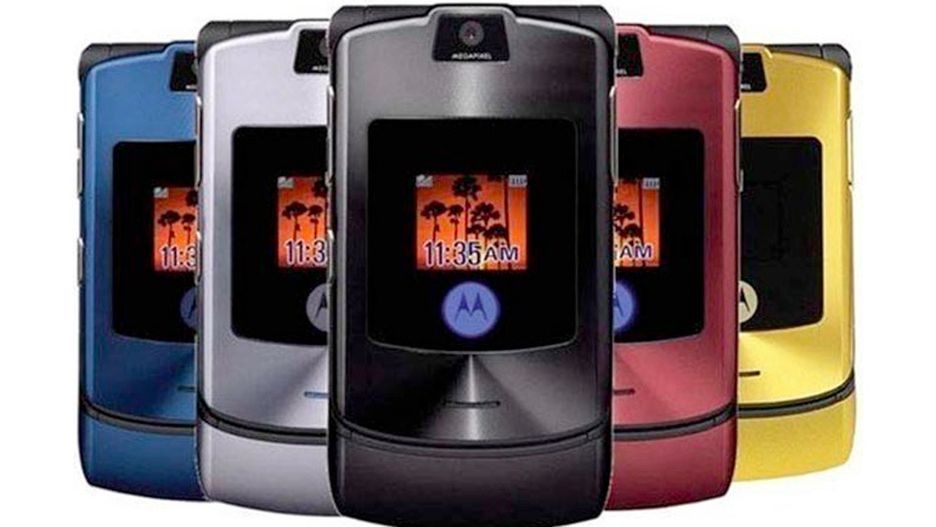
Modern smartphones are pretty much supercomputers when compared to cell phones from 2004. While most handsets did have a very limited pre-installed web browser, the primary use of cell phones at the time was to make phone calls and send text messages. As such, the information customers cared about pertained more to how long the battery would last on a single charge and, depending on the phone, how good the camera was.
As you can see from the specs sheet, the Motorola Razr V3 was rated for around six and a half hours of talk time and 10 days of standby time. This was excellent battery life for a feature phone in 2004, so the company used the fact as a selling point for the phone.
Of course, this was also the time period where cameras on cell phones were just becoming popular. There weren’t any 12MP or larger sensors for phones (not that they could handle those sized images with only 5MB of storage) so Razr V3 owners were given a .3MP shooter. Images from the handset weren’t anything to call home about, but it at least allowed users to capture a moment.
| Motorola Razr V3 | |
|---|---|
Display | 2.2 inches 176 x 220 resolution 128ppi |
Secondary display | Color display 96 x 80 pixels |
Storage | 5MB |
Cameras | .3MP VGA |
Battery | 680mAh 6.50 hours of talk time 10.4 days (250 hours) of standby time |
Ports | Mini USB |
Extras | Built-in Motorola ringtones Ability to use personal MP3 ringtones Vibration motor Speakerphone Bluetooth SMS, MMS, internet browser |
Dimensions and weight | 98 x 53 x 13.9mm 95g |
Successors to the Razr brand
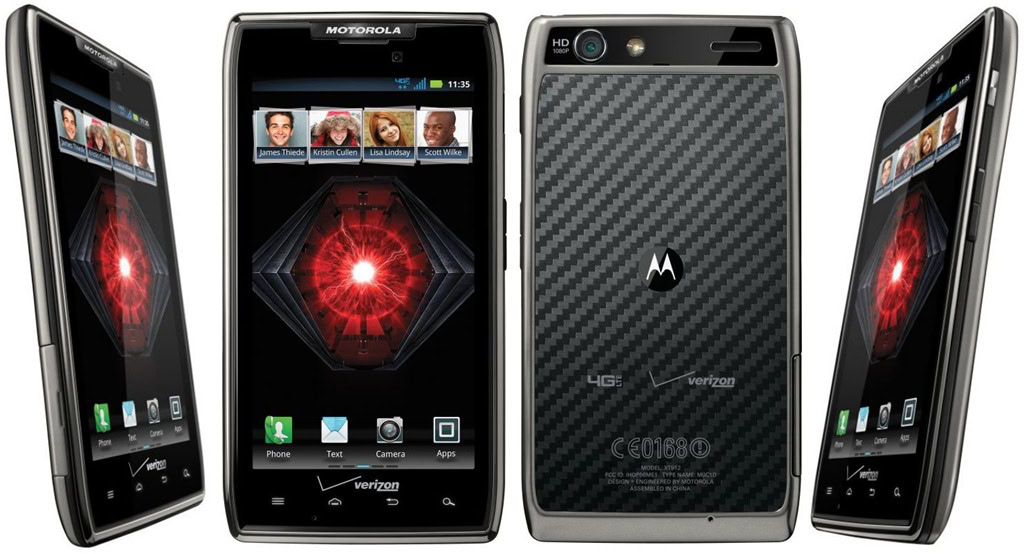
In the many years since the Razr V3 was removed from store shelves, Motorola has attempted to release new handsets under the Razr branding. These phones include slightly redesigned flips phones all the way to smartphones running Android. Unfortunately, nothing has lived up to the reputation and fanfare gained by the Razr V3.
One of the last phones to have the Razr branding came from Motorola in 2011 shortly before the company was purchased by Google. The Droid Razr Maxx, as seen in the photo above, ran Android 4.0 and attempted to recreate the sleek design the line was known for. Ultimately, the phone didn’t sell well and the series has since been laid to rest as Lenovo, Motorola’s current owner, focuses on selling the company’s Moto G, Moto Z, and other series of phones.
Could the Razr brand be brought back?
Looking back at the history of cell phones, the Razr V3 is undeniably iconic. The phone was released at a time that cell phones were becoming a mainstream product and customers wanted something more stylish and less plasticy. But why do people from all walks of life fondly remember this flip phone from Motorola?
For many, the Razr V3 was the first phone they ever owned. This was the device that allowed them to call home while out and text their friends and family. Sure, the handset’s premium design is what got over 130 million customers to buy the phone, but the experience that the handset provided to those users is what cemented the Razr V3 into our hearts.
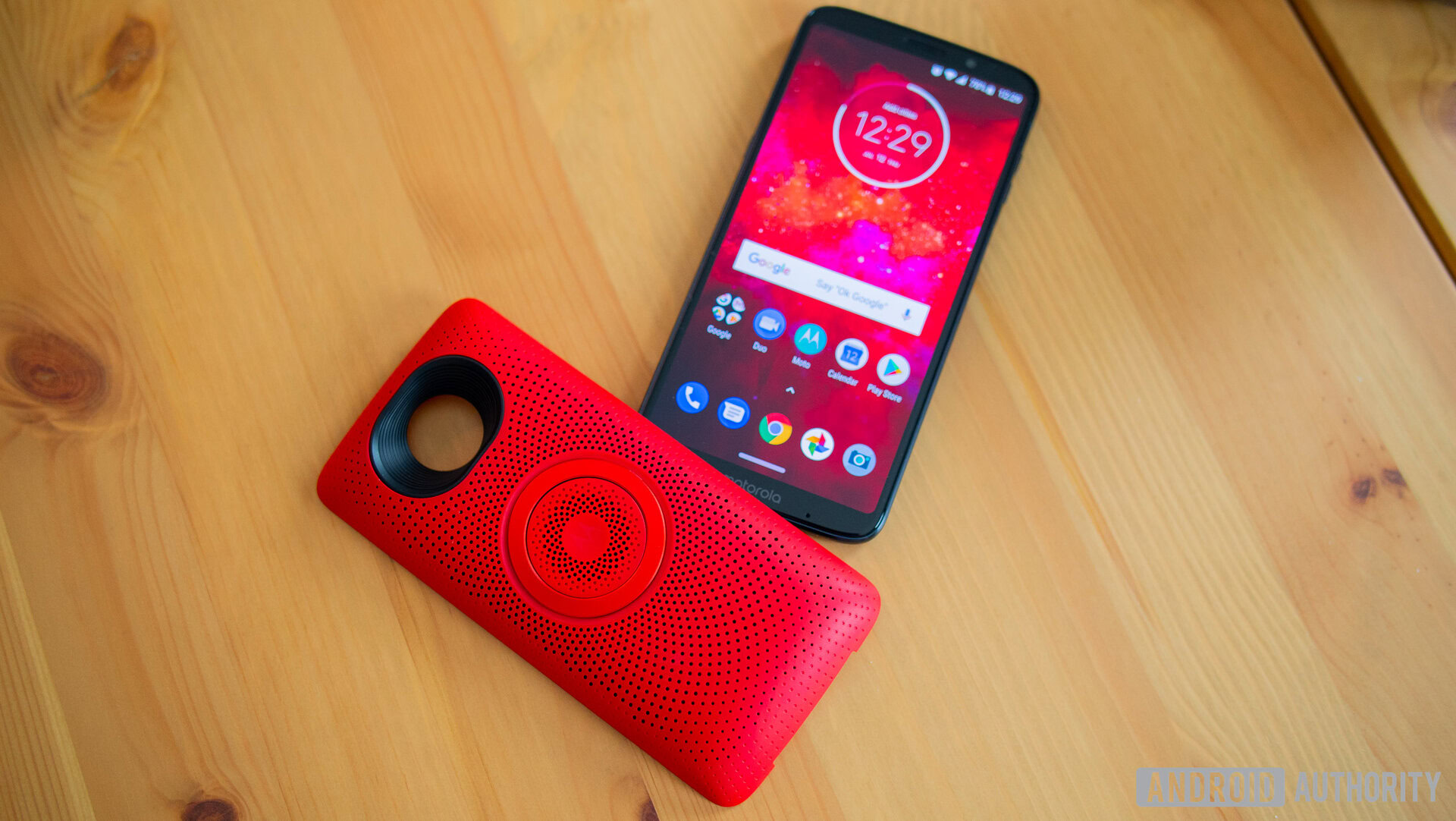
Looking towards the future, there’s no way to know if Motorola will ever bring back the Razr brand. Unlike with the Droid Razr Maxx, which tried to look sleek but was still pretty thick, Motorola now has the technology to make pretty thin smartphones as seen in the Moto Z3 Play. One possibility is that Motorola could release a special edition Z3 with the Razr branding.
But what would be interesting is if Motorola released a smart flip phone. For some time now, we’ve seen an increasing number of these hybrid devices get launched in foreign countries that sport the classic flip phone form factor but run full versions of Android. If Motorola could find a way to re-engineer the classic Razr V3 design to run modern hardware, the company would probably sell a decent number of handsets to those customers who are still in love with the iconic flip phone.
So, what do you think about the Motorola Razr V3? Did you ever own one of these classic flip phones? Would you buy a Razr-branded flip phone running Android? Let us know in the comment section below.